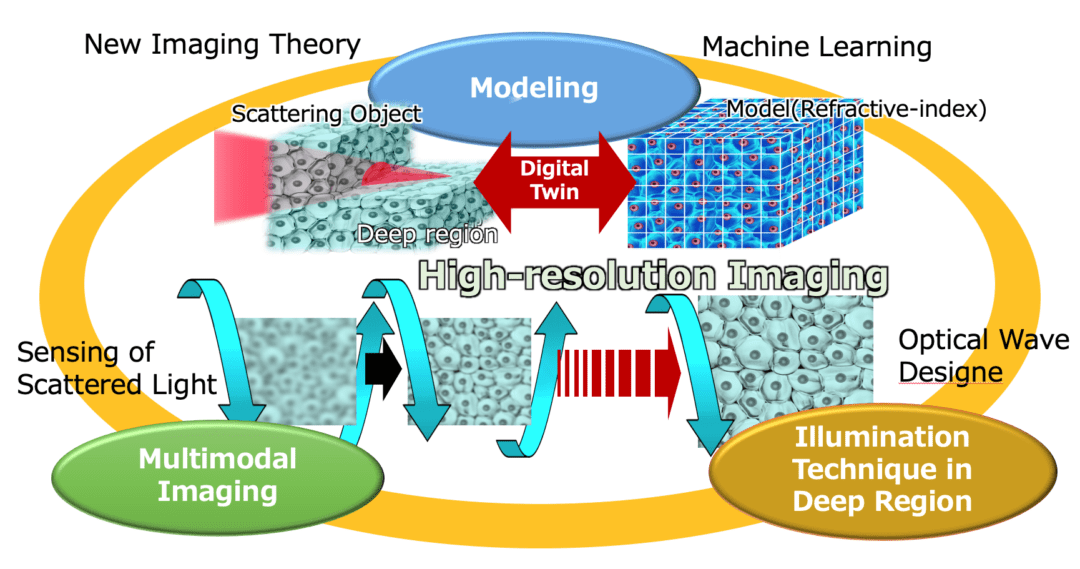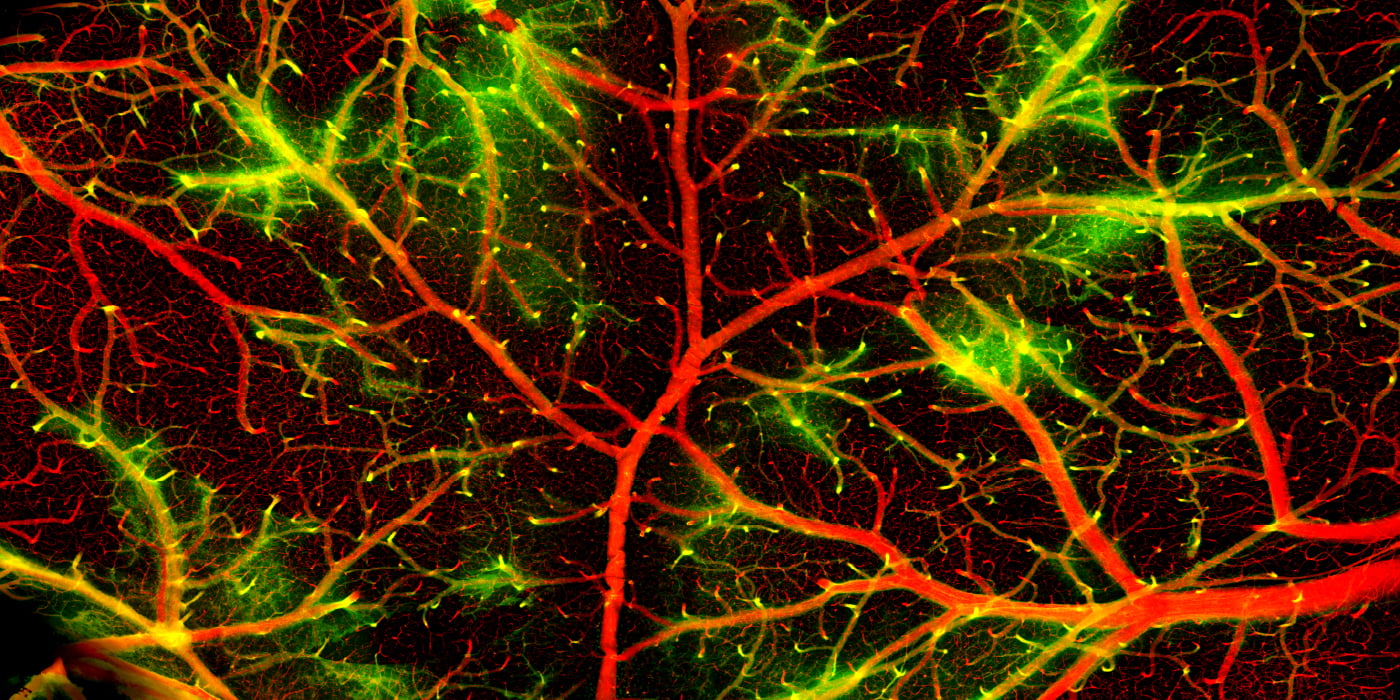Scattering and fluctuation phenomena occur on scales ranging from nm to km, from small molecular aggregates to atmospheric fluctuations on the order of 12 orders of magnitude. We aim to construct an “Imaging Theory through Scattering Media” as a theory to measure these multi-scale scattering and fluctuation fields and to extract and manipulate the internal information. In electromagnetism, Maxwell’s equations can describe the behavior of electromagnetic waves at all wavelengths, spatial scales, and time scales. Although the imaging theory through scattering media cannot describe scattering and fluctuation phenomena with a single equation like Maxwell’s equation, we aim to construct a comprehensive theory by integrating foresight knowledge from measurements, mathematical modeling, and applications. As shown in Figure 1, to visualize information deep in the scattering media, two techniques are important: the illumination technique in deep scattering media that delivers the desired light wave to the depth, and an image recovery technique that recovers the degraded information because the information induced by it is degraded by scattering. For this purpose, a mathematical modeling technique is necessary to model the refractive index distribution as the structure of the scattering media in the optical domain. By organically combining these three functions, we will realize a technique to deliver light energy from the surface to the depth of the scattering media and observe the interior of the scattering media with high resolution.


